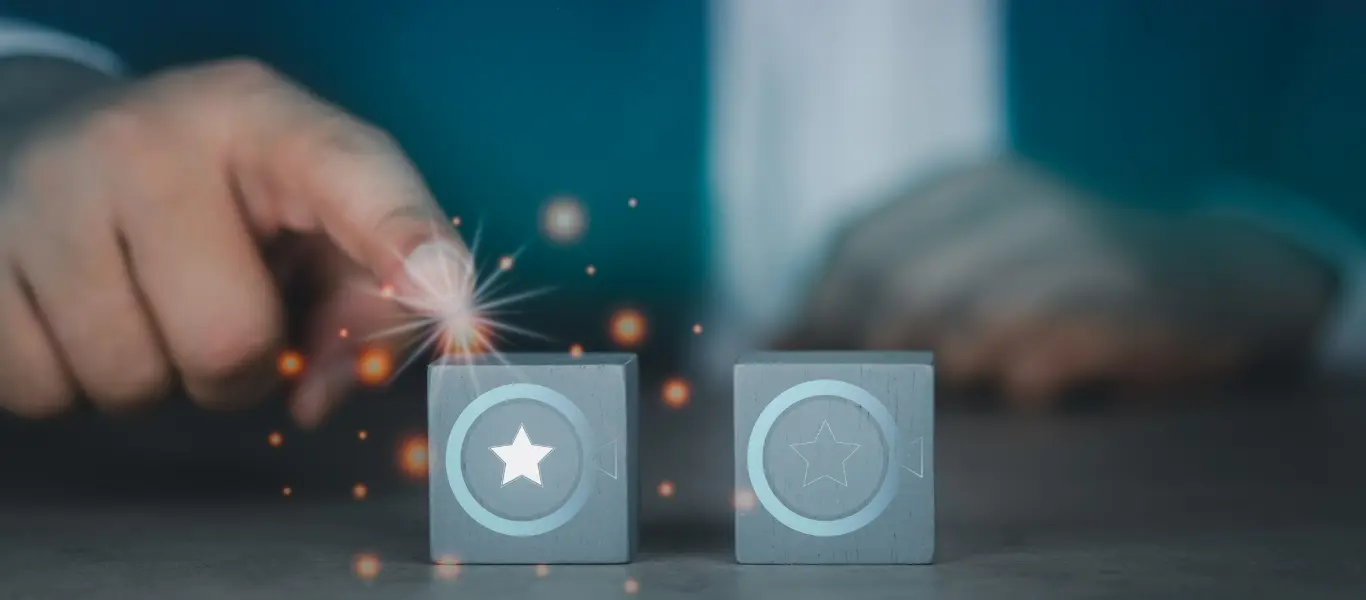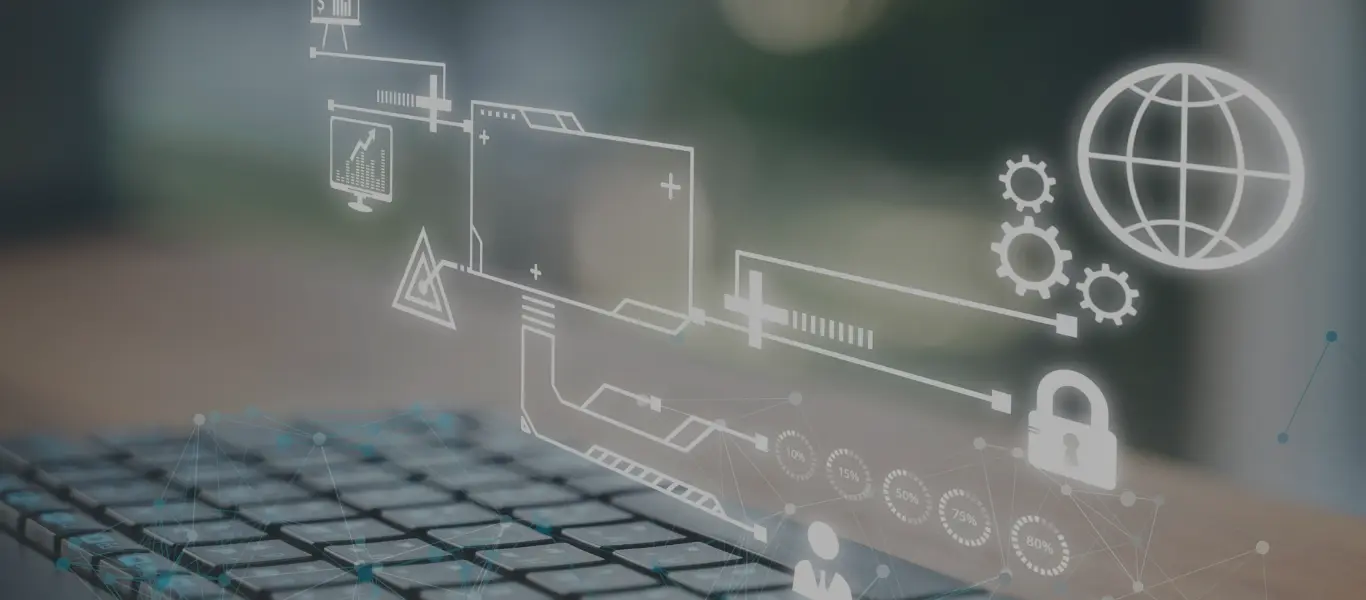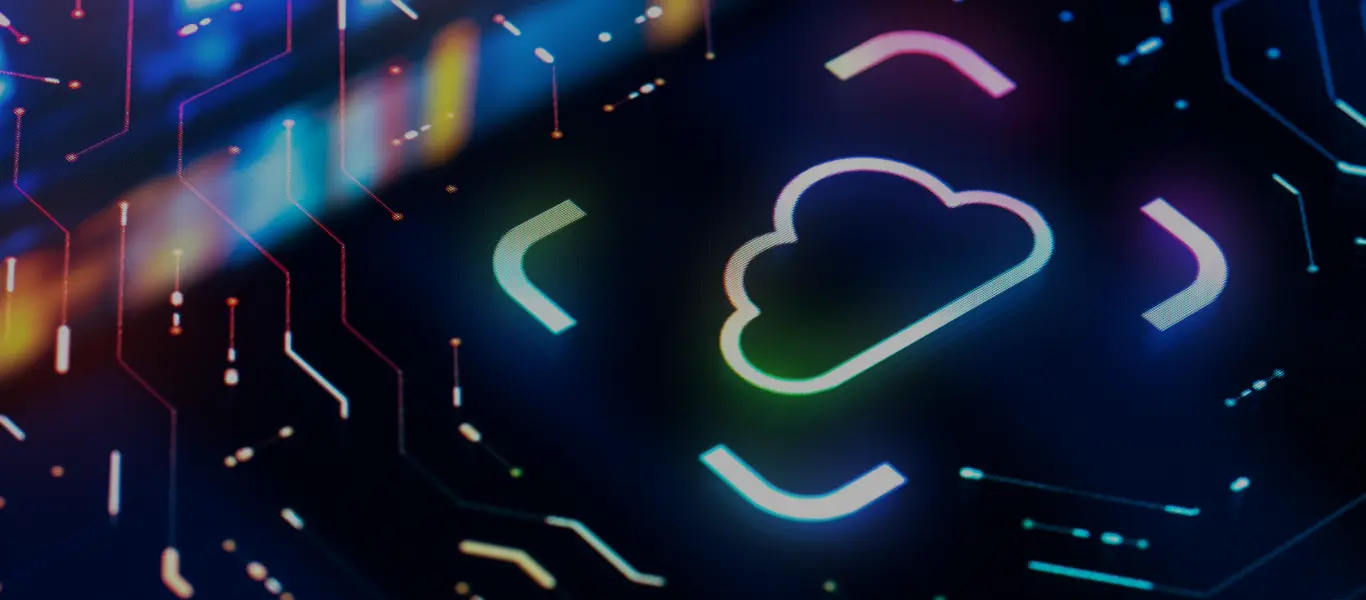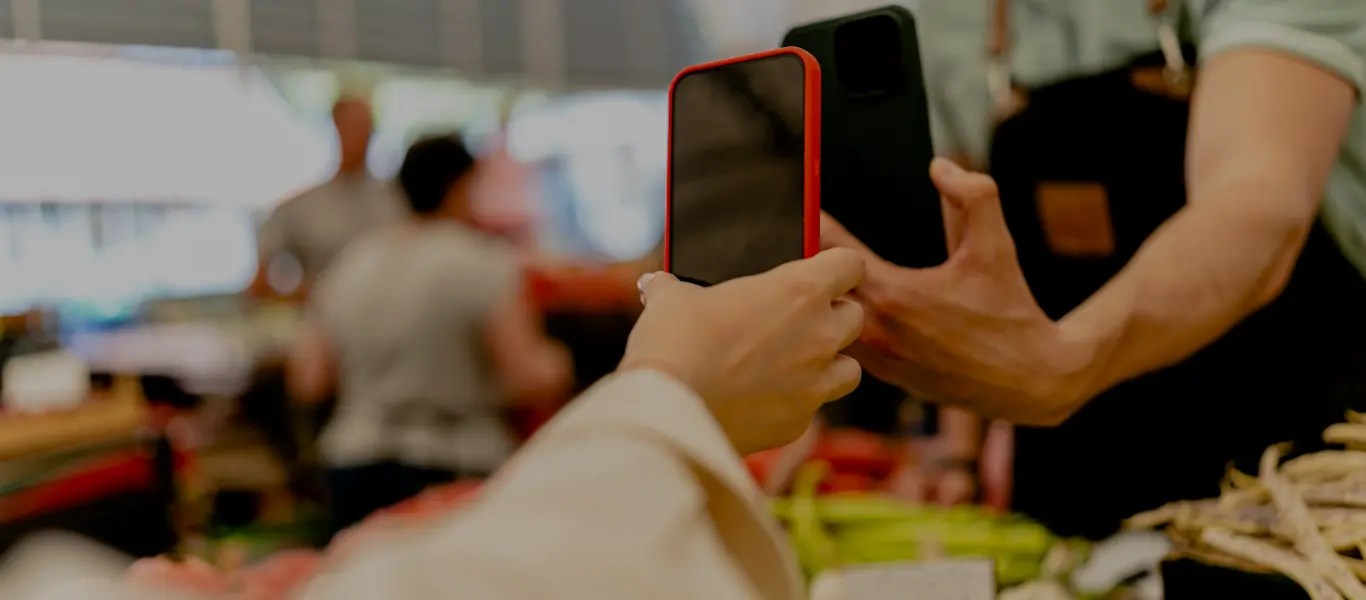Another great show this year at NRF in New York. Between great meetings with our customers and partners, here are top five retail technology takeaways from NRF 2020 from the exhibitor floor.
Store Digital twins
Satya Nadella mentioned them in his opening keynote of NRF and were a topic of conversation with many partners. A digital store twin in the cloud that can monitor and predict behavior is a proposition full of potential applications across customer, product and inventory.
The increase on the number of sensors and general data gathering end points at the store augments the fidelity of the digital replicas. At SkillNet, the virtualization and devops automation of the registers and devices of the retail POS state is a solution we have been providing to customers for testing and monitoring purposes at scale.
Vendors continue to define value around Customer Journeys
Consistent with previous events and current trends across industries, a lot of the conversations on how to best define the requirements for modern retail centered on customer journeys. From a technology perspective there were more general purpose Customer Data Platforms (CDPs) in show than the more narrow solutions for retail customer relationship management (CRMs) or in the spaces of loyalty or gift cards.
From our experience working on customer journeys definition, one definite risk is in aligning too much with methodologies associated with business process reengineering. The aim of frictionless execution of business processes, particularly on omnichannel flows, is only part of the objective. Retailers look for differentiation in the customer experience, not just efficiency. While the CDP platforms revolve around customer, the customer experience is a relationship between two: the customer and the brand. It will be interesting to see if these CDP solutions evolve their focus on that relationship. This should manifest first between customer and product, bringing better capabilities on interactions between the two by the extended use of Artificial Intelligence.
AI is everywhere but not all AI is created equal
Since mentioning AI. AI was everywhere at the event. Across the buy,move,sell,return retail process landscape and in most booths. AI was mentioned as part of most services and products. However very little detail on implementation or capability. The general impression is that most vendors are using now machine learning for predictive analytics. It was difficult not to be a bit cynical about some of the claims. Not necessarily expecting that vendors will include all details of their algorithms or techniques. But at least provide some signal of what is there under the covers as a minimum standard. Some of the claims were so broad that you could think general intelligence had been achieved. May be there is already a good capability classification somewhere suitable for events like this. Going beyond powered by AI but not explicitly talking about things like naive Baynes, logarithmic regression or random forests. If exists it was nowhere to be found in NRF
AR and 3D modeling are finding more practical use cases
Practical use cases for Virtual Reality have not always been easy to find in retail. It is more exciting to be placed inside a virtual alien world than inside a virtual shopping center. However there were plenty of great uses cases for augmented reality and 3d models at the show this year.
Beyond experiences at the retail store with smart mirrors and other dedicated devices, AR should be looking to grow as part of the mobile experience with the increase of coverage for 5G in 2020. Many tools available and vendors after this market.
For 3D models, the solutions were more matured and can be used at scale on large catalogs with certain degree of automation. Multiple options were available for 3D model capabilities on media generation in content management. Beyond content management, solutions for product customization were also available, executing the configuration with 3D printing or with a traditional manufacturing process.
Robotics for store inventory management
While robots are commonplace in warehouses for inventory management, a number of solutions at the show this year were showing robot based solutions for inventory management at the store. It would be interesting to see how these solutions evolve and mature. The methods and parameters of inventory data that could be captured into the system will significantly change and expand.
A version of this article is also published at www.Medium.com
Written by Antonio Alvaro, Antonio is Senior Vice President Solutions and General Manager International














